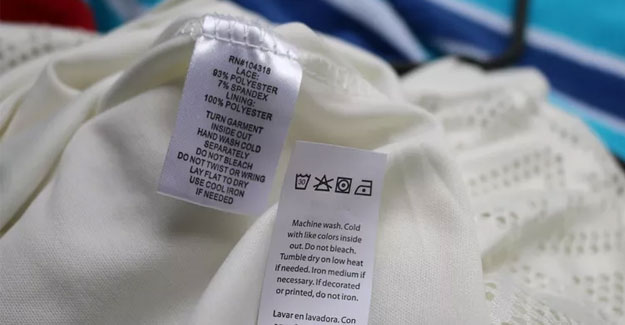
Andean: Unified Labelling Requirements For Apparel, Footwear, Travel Goods
The Andean Community – Bolivia, Colombia, Ecuador and Peru – recently adopted unified labelling requirements for apparel, made-up textiles, footwear, and leather and travel goods, making it easier for exporters with clients across the globe to comply with a multitude of often dissimilar labelling regulations. The new apparel requirements (CAN Resolution 2109/2019) will enter into force on 14 May 2021, while the new requirements for footwear, leather and travel goods (CAN Resolution 2107/2017) will be effective on 14 November 2020. Apparel Labelling Requirements These requirements cover textile apparel of HS Chapters 61 and 62 as well as leather apparel of heading 4203, plastic apparel of subheading 3926.20, and made-up textiles of Chapter 63 and subheadings 9404.30 and 9404.90. At a minimum, labels must include the following information in Spanish: (1) composition of the materials that make up the product; (2) care instructions in accordance with standard ISO 3758:2012; (3) identification of the producer (for domestically-produced goods) or importer (for imported goods); (4) size or dimensions, as applicable; and (5) country of origin or manufacture. The label must be placed in a visible or easily accessible location of the product. The information on product composition, care instructions and country of origin must mandatorily be included on a permanent label, while the other required information may be included on a permanent or a non-permanent label. The generic fibre names set forth in Annex 3 of CAN Resolution 2109/2019 must be used to disclose the fibre composition of textile apparel in descending order of percent weight. Fibre disclosures may be made in relation to the total weight of the garment or, for garments with two or more differentiated components, in relation to each garment component. In the latter case, linings must not be taken into consideration and the fibre composition of differentiated components that account for less than 30% of the weight of the product does not need to be disclosed. The regulation has specific requirements in such areas as leather disclosures, coated garments, linings, fibre disclosure tolerances, and sets and pairs of goods. Labelling Requirements for Footwear and Travel Goods These requirements cover footwear of HS Chapter 64 as well as travel goods and similar products of heading 4202. At a minimum, labels must include the following information in Spanish: (1) principal materials that make up the product; (2) identification of the producer (for domestically-produced goods) or importer (for imported goods); (3) for footwear, size in accordance with the European or French sizing system; and (4) country of origin or manufacture. For purposes of the disclosure of the principal materials, no regard should be given to any accessories or purely decorative materials such as rivets, adornments, buckles, eyelet rings, etc. Such disclosures must be made by means of text, pictograms or both; the regulation sets forth specific pictograms for leather (“cuero” or “piel”), coated leather (“cuero untado” or “cuero recubierto”), natural, synthetic or artificial textiles, and other materials. In the case of footwear, component disclosures must be made for the upper, lining, insole and outsole, covering the material that accounts for at least 80% of the surface area of the upper, lining and insole as well as at least 80% of the volume of the outsole. If no single material accounts for at least 80% of said surface area or volume, then the two principal materials that make up each footwear component must be disclosed in descending order of predominance. If the lining and insole are made of the same material, a disclosure must be made to that effect. If the footwear does not have a lining or an insole, the terms “without lining” (“sin forro”) or “without insole” (“sin plantilla”), as applicable, must be used. In the case of travel goods, component disclosures must be made for the external part or covering as well as the lining. For each component, the material that accounts for at least 80 percent of the surface of the component must be disclosed. If no material accounts for at least 80 percent, the two principal materials must be disclosed in descending order of predominance. The term “without lining” (“sin forro”) must be used whenever appropriate.
Textile Excellence
If you wish to Subscribe to Textile Excellence Print Edition, kindly fill in the below form and we shall get back to you with details.








